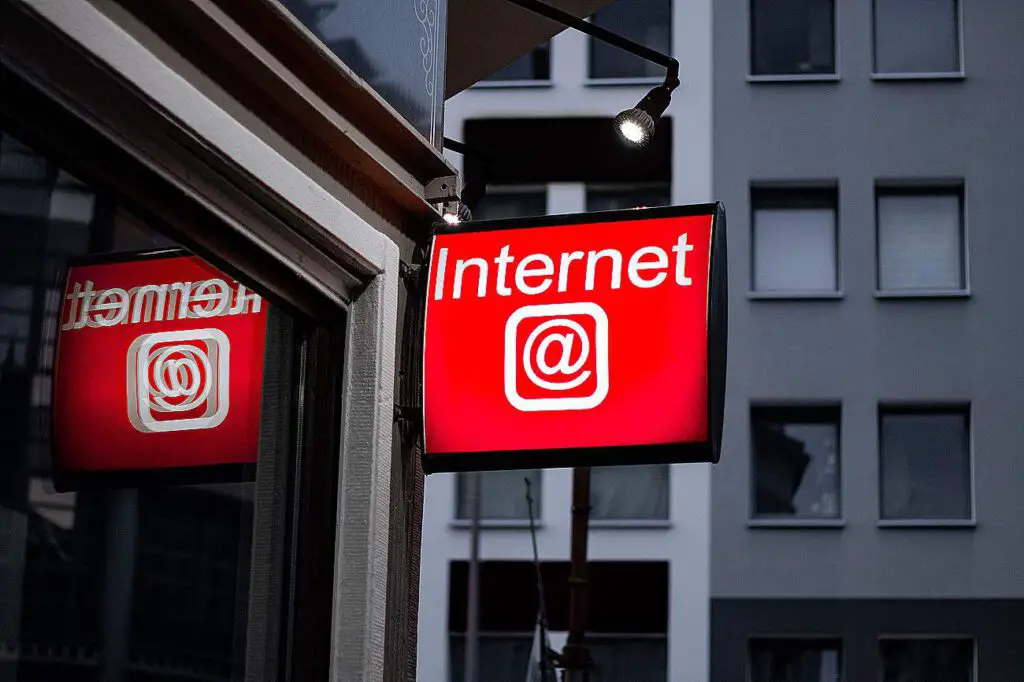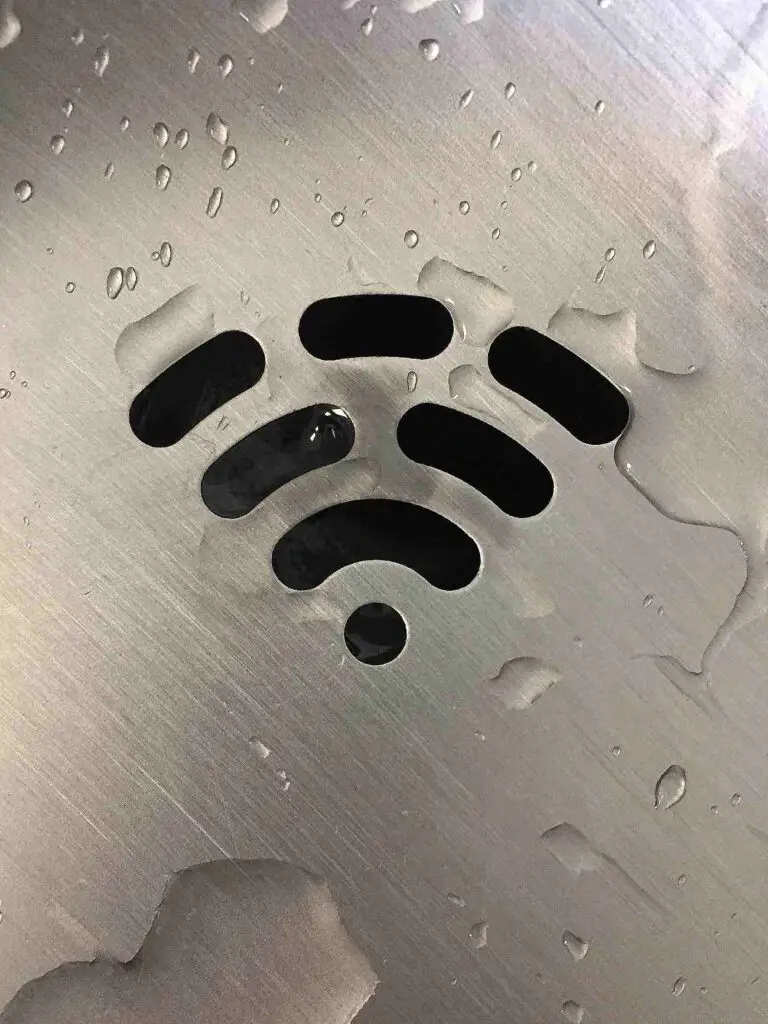Let’s discuss the finest internet providers in Poland. Should you go for a stationary or mobile connection? Speedtest revealed the results of the evaluations conducted in the first half of 2023.
In this timeframe, UPC provider delivered the quickest home Internet, topping out at 197 Mb/s. Not far behind, we had the fiber-optic FFTH by Orange, cruising at a whopping 224.5 Mb/s. For mobile Internet, T-Mobile led the pack with 44.6 Mb/s. Now, if you’re interested in 5G, Plus offers an impressive service, boasting speeds over twice as fast as its rivals at 143.9 Mb/s.
From January to June 2023, the users of SpeedTest.pl carried out over 20 million measurements across Poland.
Polish Internet Providers Rankings
This is based on a staggering 15.9 million tests. Let me say that UPC emerged as the victor with 197 Mb/s, edging out INEA’s 190.8 Mb/s, and T-Mobile Stationary’s 190 Mb/s.

Now, I think it’s worth noting that T-Mobile Stationary has been ramping up their speeds significantly for quite some time. In fact, they managed to overtake UPC in May and June! This is primarily because the provider almost exclusively offers their services in the form of FTTH. Just missing the podium was Vectra, clocking in at 165.5 Mb/s.
Here’s a quick look at the download and upload speeds, the ping time, and the number of tests conducted for each of these operators:
| Operator | Download [Mb/s] | Upload [Mbps] | Ping [ms] | Number of tests |
|---|---|---|---|---|
| UPC | 197.0 | 36.8 | 18 | 1,272,000 |
| INEA | 190.8 | 179.6 | 11 | 490,000 |
| T-Mobile Stationary | 190.0 | 85.4 | 17 | 193,000 |
| Vectra | 165.5 | 36.7 | 22 | 953,000 |
Download Speeds for Last Year
As usual, the top spot for the highest upload speed goes to INEA with a speedy 179.6 Mb/s. That’s more than double the upload speed of the next in line, T-Mobile (Desktop), which stands at 85.4 Mb/s.
- You may also like to read: Guide: How and Where to Buy a Used Mobile Phone in Poland
I can tell that INEA’s impressive performance comes from a large chunk of their customer base using symmetrical fiber optic links. Now, when it comes to delays (or ping as you might know it), INEA leads the pack again with 11 ms, followed by Toya at 12 ms and Exatel clocking in at 16 ms.
Diving into FTTH Fiber Optic Internet
Now, a chunk of the Home Internet ranking is made up of the FTTH fiber optic providers. More than 2 million tests formed the basis of the fiber optic ranking for the first half of 2022.
According to SpeedTest.pl, FTTH fiber is Poland’s quickest Internet access tech. In commercial conditions during 1H 2022, it boasted an average download speed of 218 Mb/s, upload speeds of 102 Mb/s, and the least latency of 12 ms.
Orange snagged the first place in the fiber optic ranking, offering their FTTH customers an average download speed of 224.5 Mbps. What’s more, Orange really put the pedal to the metal between April and June, steadily distancing itself from other FTTH providers.

Typical pings in FTTH leader networks hover around 10-12 ms. If you need top-notch data upload speed, INEA stands undefeated, matching upload speeds to download levels.
Here’s how the top four FTTH fiber Internet providers fared in download and upload speeds, ping time, and number of tests:
| Operator | Download [Mb/s] | Upload [Mbps] | Ping [ms] | Number of tests |
|---|---|---|---|---|
| Orange | 224.5 | 76.5 | 11 | 1,259,000 |
| Netia | 216.7 | 91.2 | 12 | 136,000 |
| INEA | 216.4 | 216.7 | 10 | 367,000 |
| T-Mobile Stationary | 191.3 | 86.1 | 17 | 191,000 |
A Quick Look at Mobile Internet
Let’s dive into mobile internet now, using over 1.5 million measurements from 3G, 4G LTE, and 5G networks. Throughout the analysis period, the average download speed for all categories was 42.2 Mb/s, upload speed stood at 10.8 Mb/s, and the latency? A solid 32 ms.
The first half of 2023 saw some subtle shifts in the positions of individual operators compared to 2020-2021. T-Mobile has held on to the lead for several years with an average download speed of 44.6 Mb/s.
But, it’s worth noting there were some significant changes in May and June. T-Mobile and Orange switched to using 2100×2 MHz instead of the available 10×2.14 MHz when organizing the 8 MHz band. This switch caused a speed drop of about 5 Mbps (or 10-12%) in both networks.
Play network, however, took advantage of this and, with a strong expansion of transmitters and consistent speed boosts over the past year, claimed the top spot in May and June. That gave Play second place for the first half of 2023 with 43.2 Mbps.
Here’s how the four fastest mobile Internet operators performed:
| Operator | Download [Mb/s] | Upload [Mbps] | Ping [ms] | Number of tests |
|---|---|---|---|---|
| T-Mobile | 44.6 | 10.7 | 31 | 338,000 |
| Play | 43.2 | 11.3 | 33 | 475,000 |
| Orange | 42.3 | 10.8 | 28 | 391,000 |
| Plus | 38.5 | 10.1 | 37 | 364,000 |
5G Internet in Poland
In the first half of 2023, 5G tests made up over 4% of the results for mobile networks. Leading the 5G pack was Plus with an average download speed of 143.9 Mbps, all thanks to a dedicated frequency band. Even with increasing traffic, this speed has remained stable.

Other operators, who provide 5G in bands shared with LTE, offer speeds of 65-68 Mbps. That’s more than twice lower than Plus.
Here’s how the 5G providers stacked up:
| Operator | Download [Mb/s] | Upload [Mbps] | Ping [ms] | Number of tests |
|---|---|---|---|---|
| Plus | 143.9 | 18.9 | 33 | 26,000 |
| Play | 68.7 | 20.6 | 27 | 21,400. |
| Orange | 68.1 | 28.5 | 23 | 5,500 |
| T-Mobile | 65.7 | 23.4 | 28 | 13,400 |
References:
- https://www.telepolis.pl/wiadomosci/prawo-finanse-statystyki/speedtest-szybkosc-internetu-w-polsce-styczen-2023
- https://pl.wikipedia.org/wiki/Internet_w_Polsce



